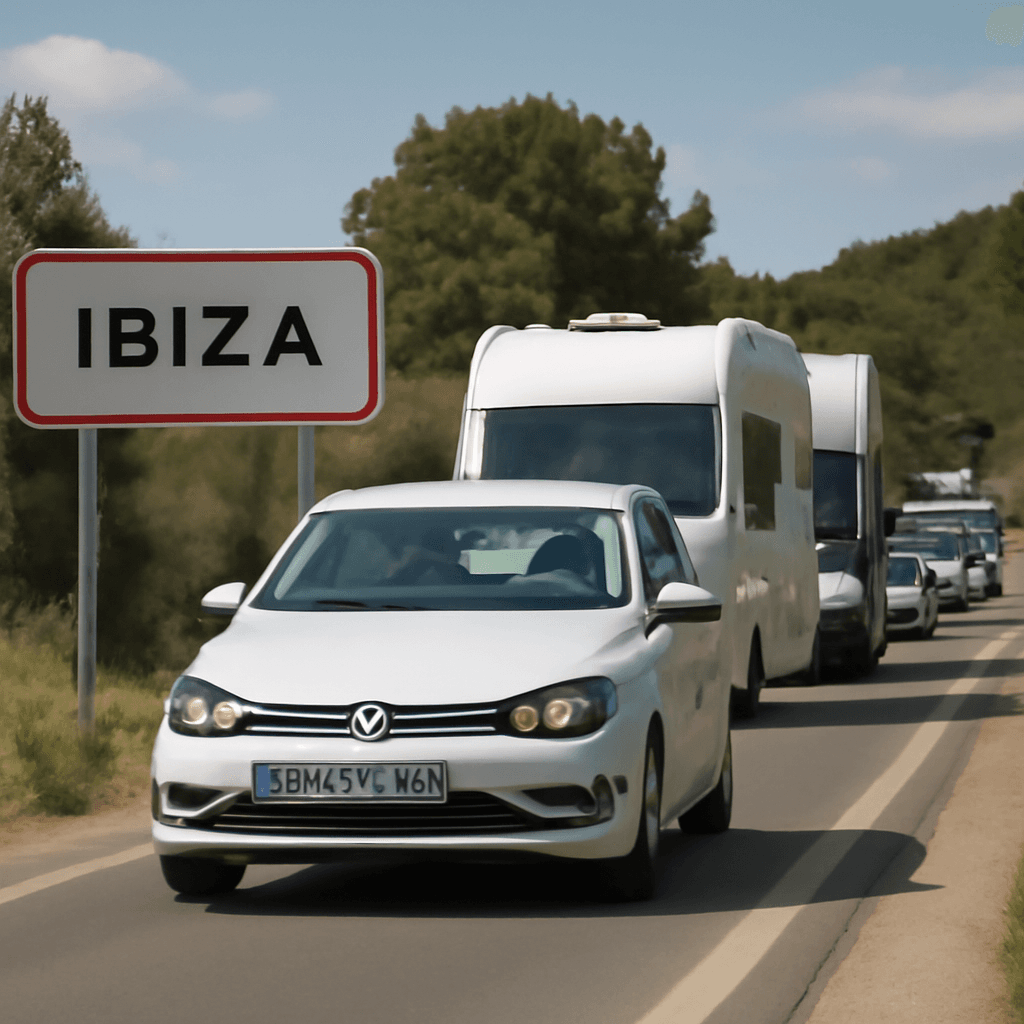Ibiza Introduces Vehicle Restrictions to Manage Tourist Influx
Starting June 1, Ibiza, one of Spain’s most frequented Mediterranean islands, has implemented strict limits on tourist vehicles, including cars and caravans. These measures aim to address the overwhelming traffic and environmental impact caused by the island's rising number of visitors.
Daily Vehicle Cap and Regulations
From June 1 to September 30, the daily number of vehicles used by non-residents is capped at 20,000. This limit includes:
- 16,000 rental cars available on the island.
- Private cars arriving via ferry, which require prior authorization.
- Caravans, which must provide proof of reservation at certified camping sites and are prohibited from parking in countryside areas.
Notably, motorbikes are exempt from these seasonal vehicle restrictions.
Ensuring Sustainability Amid Rising Tourism
Ibiza’s government head, Vicent Mari, emphasized the necessity of these restrictions to preserve the island’s sustainability. Ibiza, with a population of approximately 150,000, attracts nearly 3.6 million tourists annually, a figure that places significant strain on the local infrastructure.
Official data reveals a dramatic increase in vehicles on Ibiza’s roads, soaring from 51,000 in 2002 to 207,000 in 2022. This escalation has prompted concerns regarding environmental and traffic management.
Despite resistance from car rental agencies and large businesses, Mari underscored that controlling unsustainable tourist flows is essential for the island’s long-term wellbeing.
Regional Context and Future Measures
Ibiza is not alone in taking such initiatives; the neighboring island of Formentera already enforces similar vehicle restrictions. Additionally, Mallorca, another major destination in the Balearic Islands, is planning to adopt comparable measures starting next year.
The Balearic Islands collectively welcome about 19 million tourists annually, contributing significantly to Spain’s tourism numbers. Spain, as a whole, ranks as the second most visited country globally, attracting approximately 94 million visitors each year.















